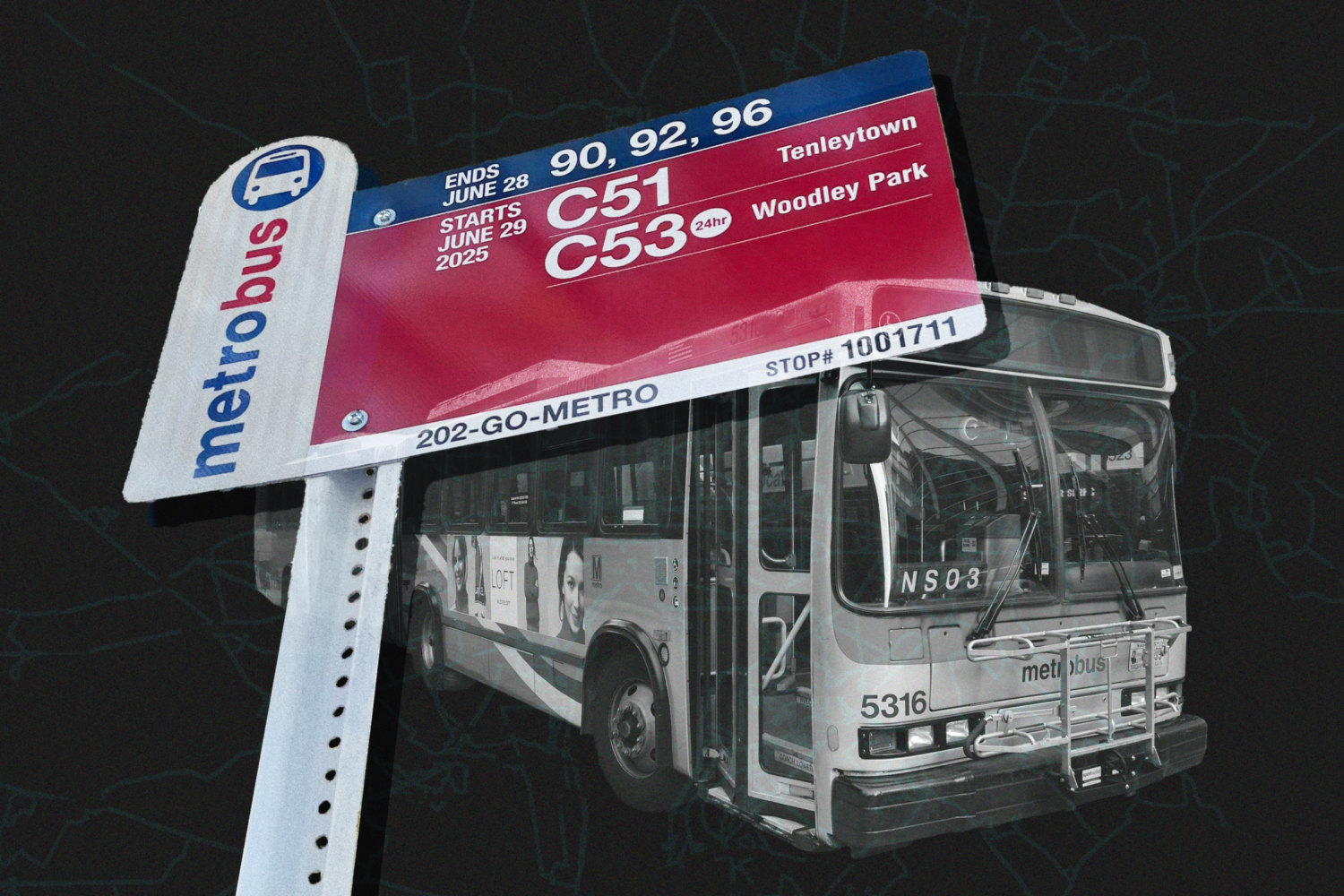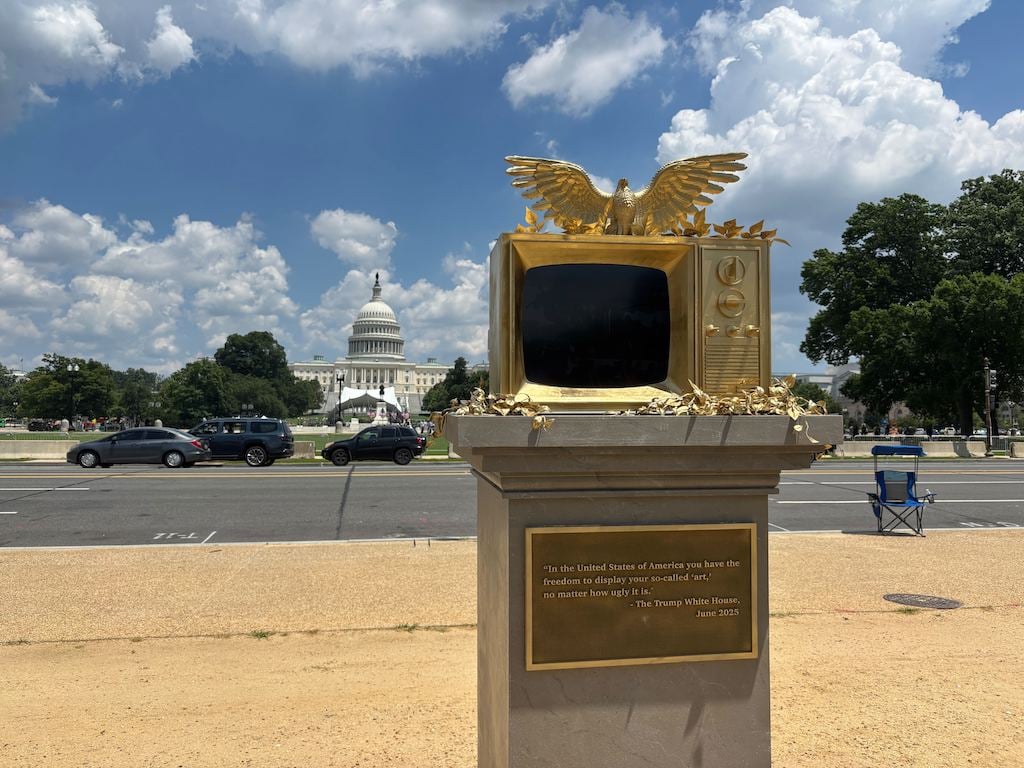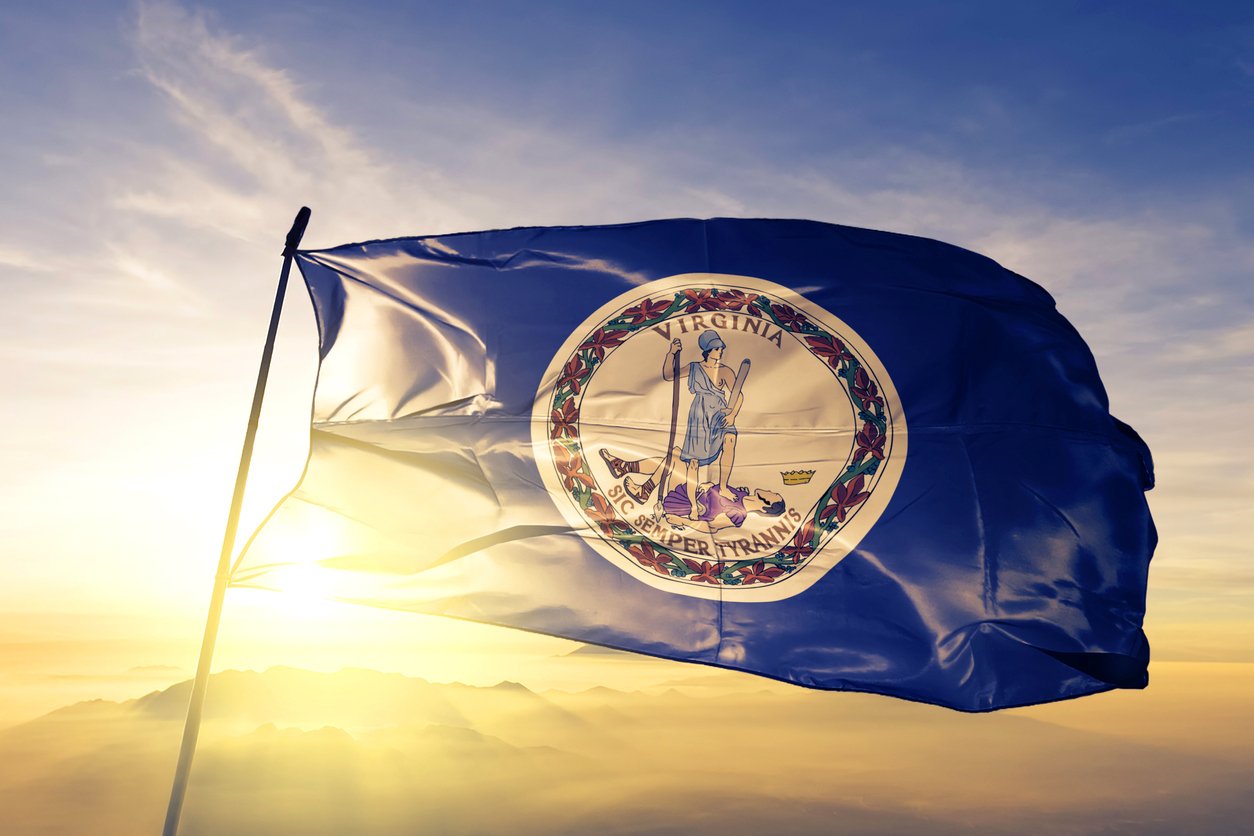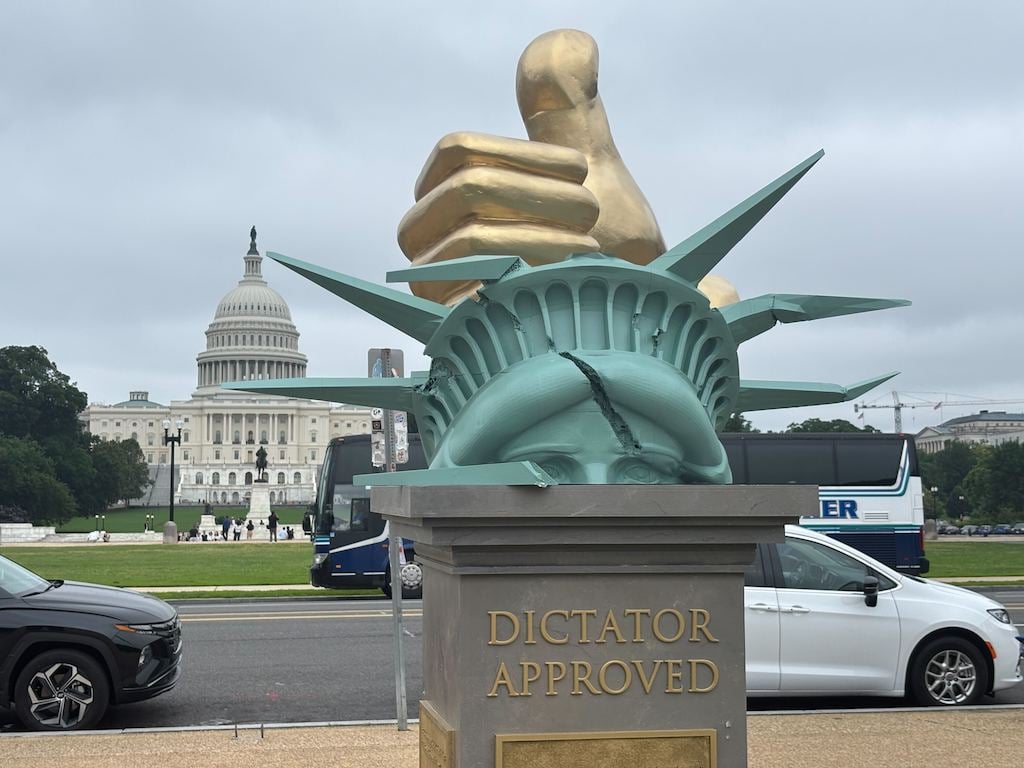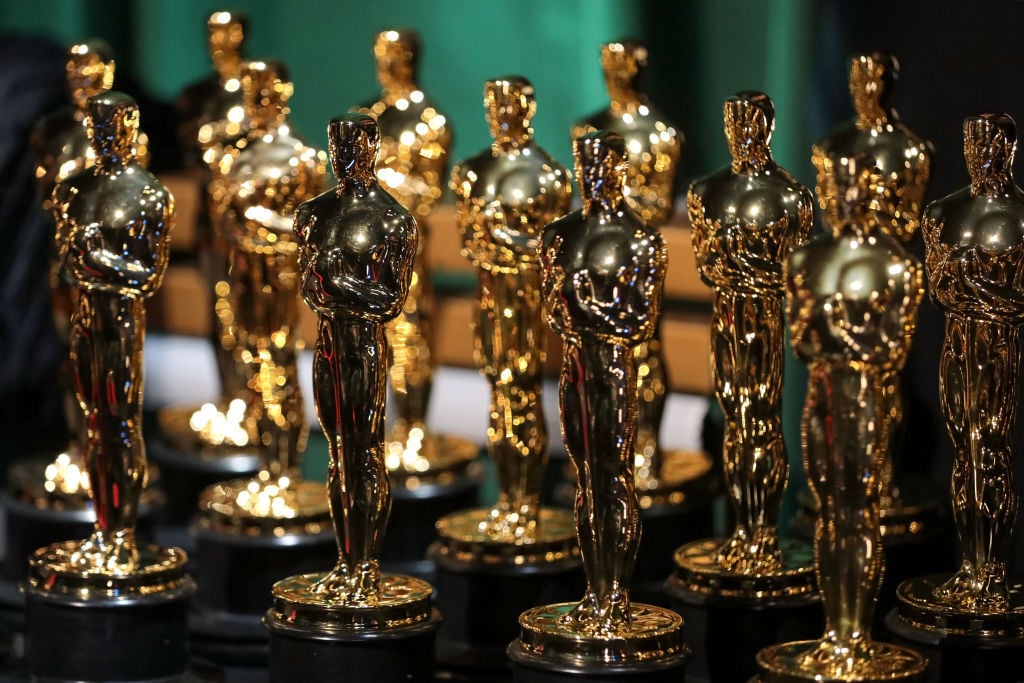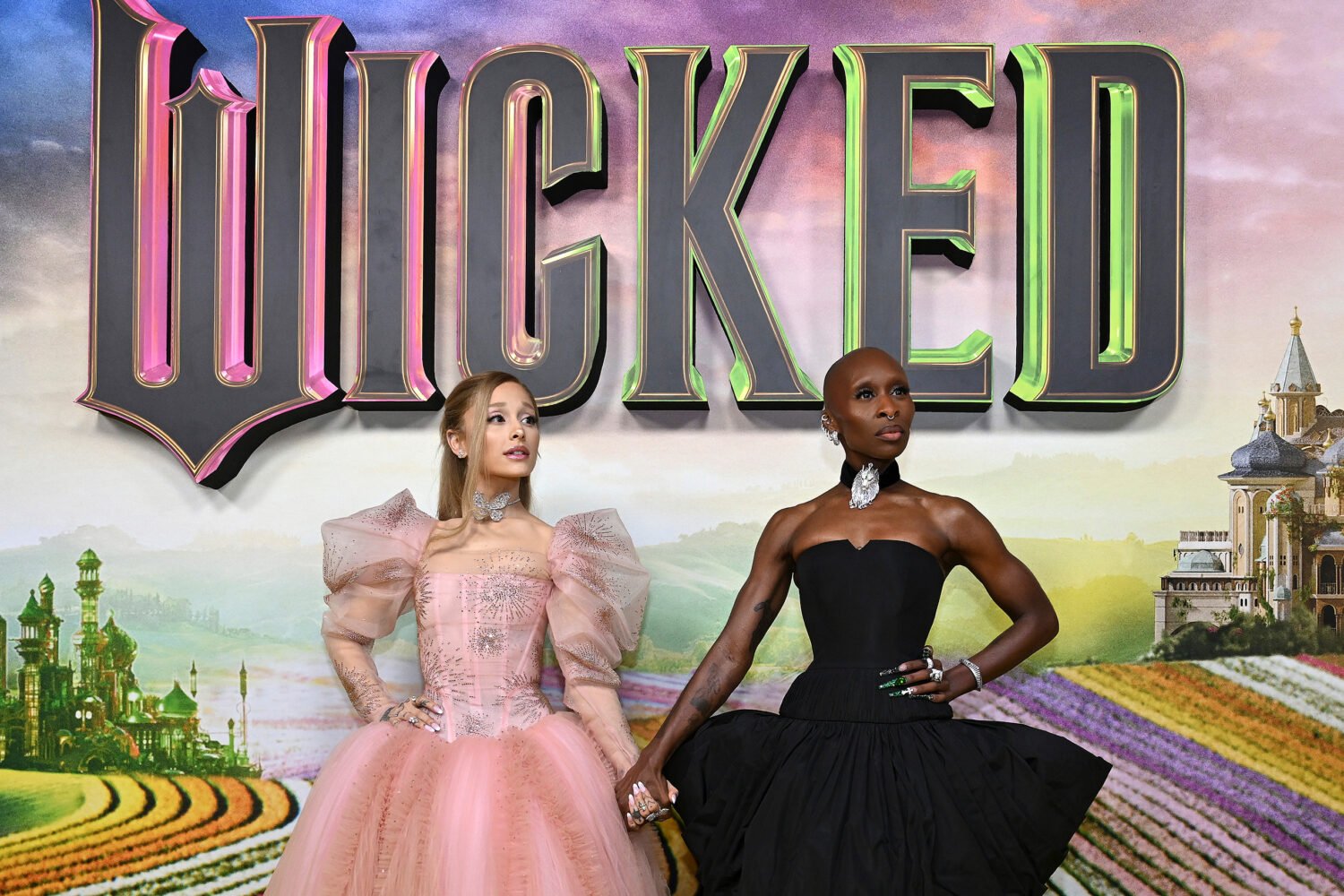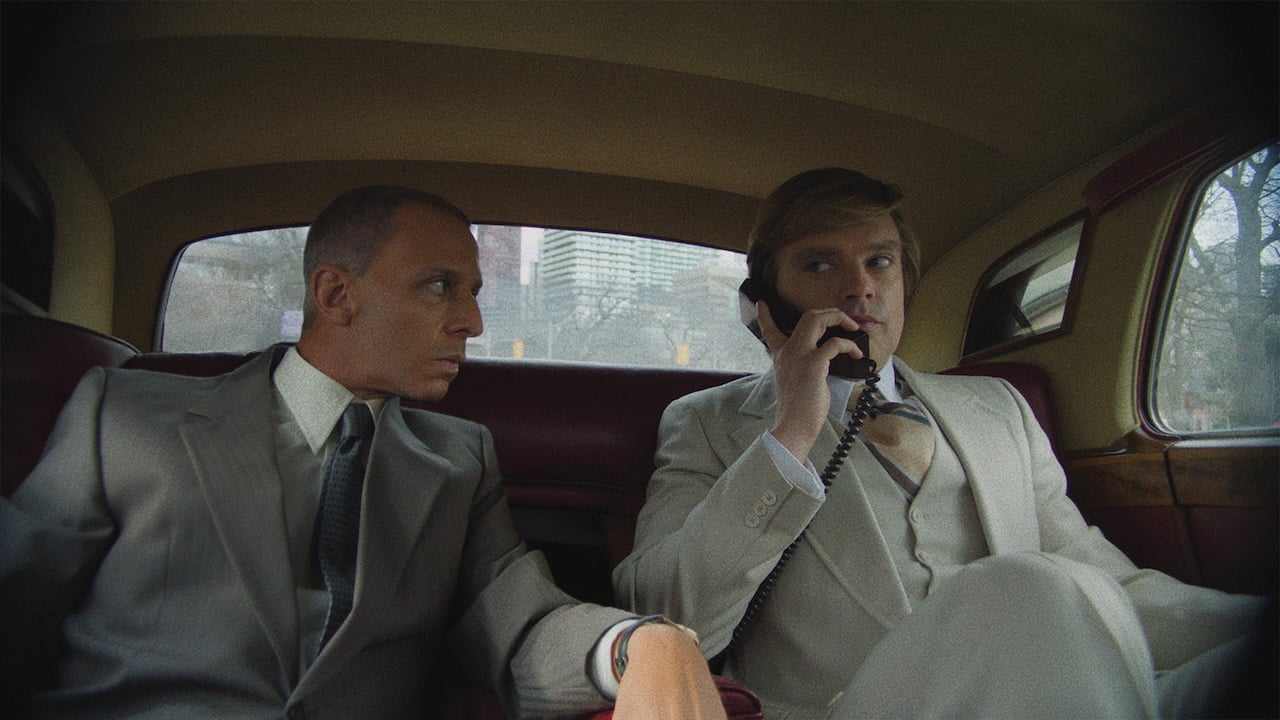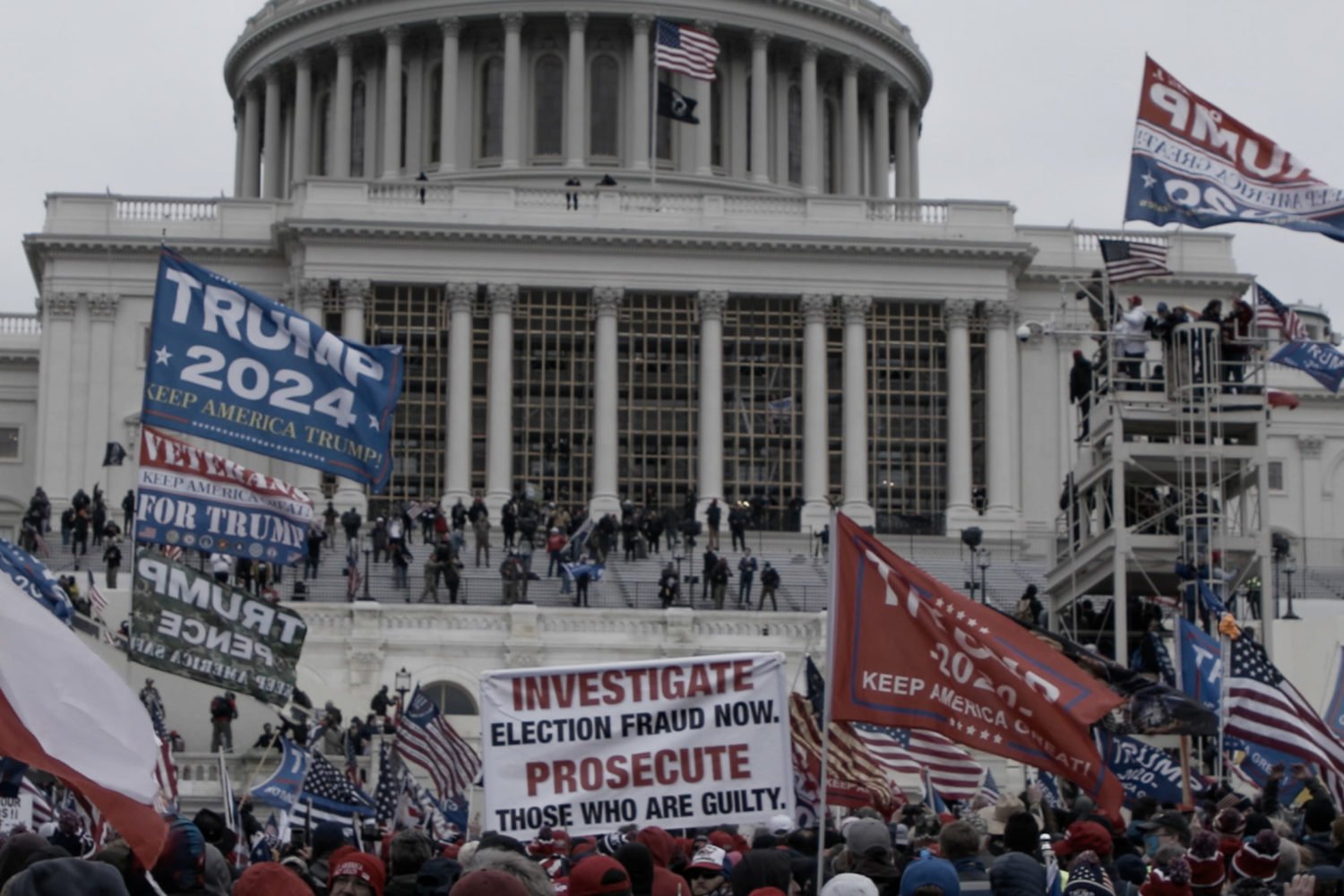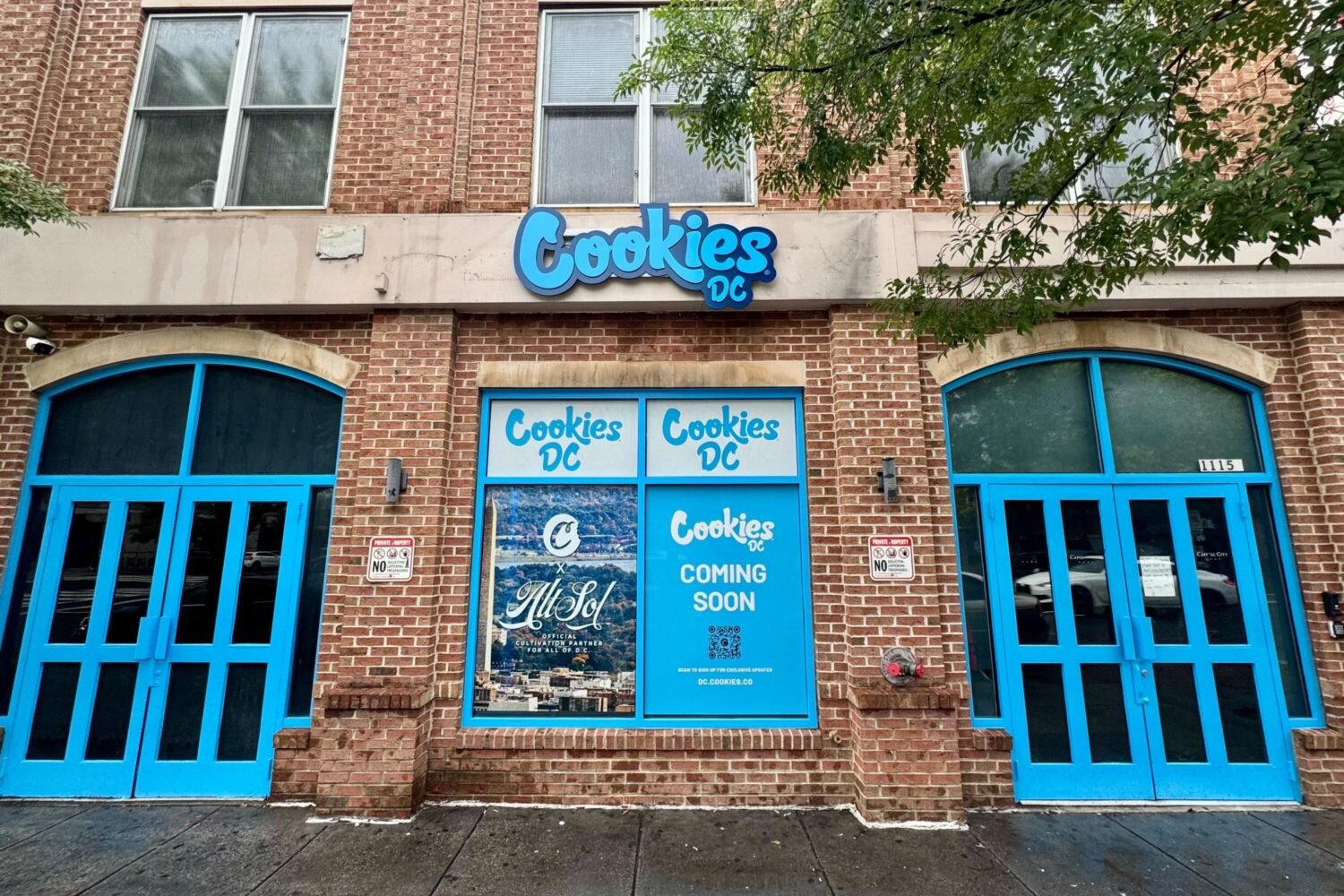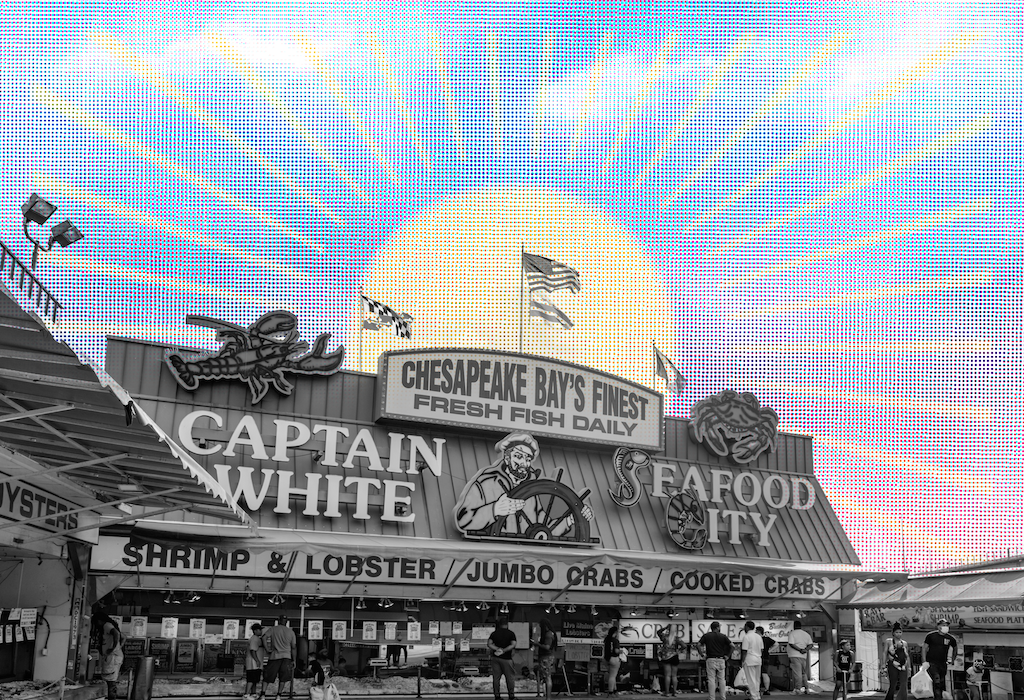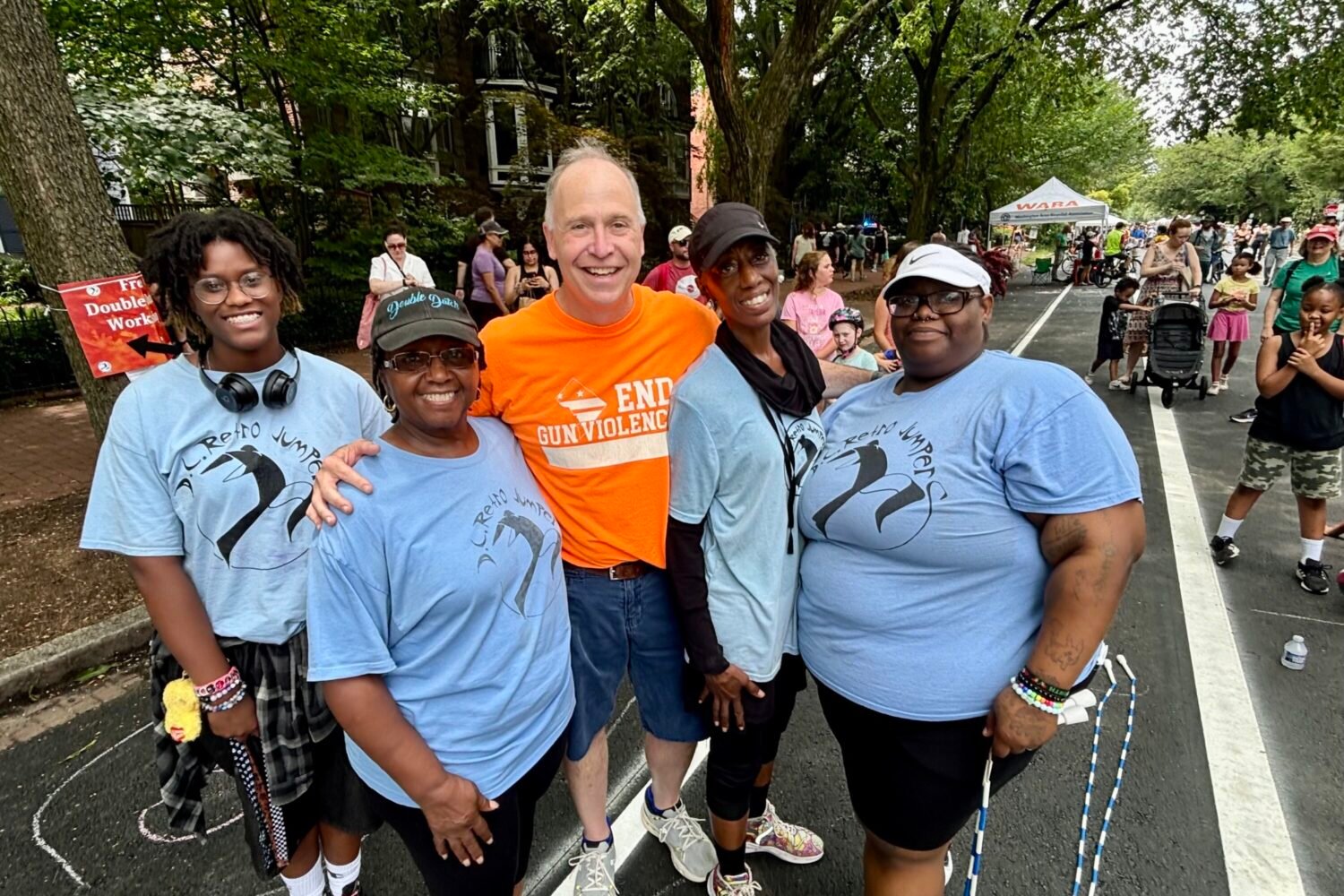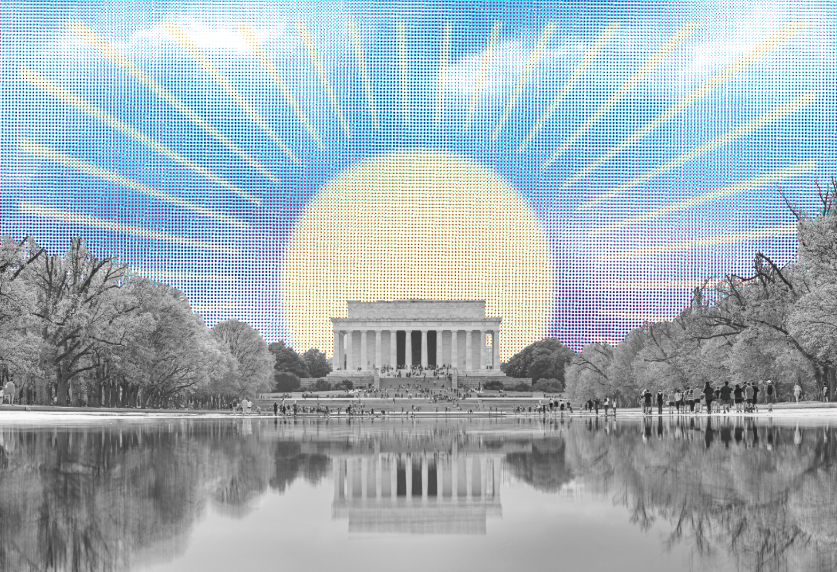Imagine you’re watching a movie in a massage chair at a nail salon, but the salon is aboard an airplane that’s experiencing moderate-to-severe turbulence. Also, there are parlor tricks: puffs of fog, a spritz of rain, strobing lights, a burst of scent. And these effects correspond to the movie. Onscreen, the wind ripples through the grass while the air in the theater stirs. It’s an alluring concept, being physically immersed in a film. But it’s difficult to watch when your chair is literally pitching and bucking and rumbling and writhing, trying to dump you to the floor.
Before yesterday, I’d never heard of a 4D movie—I’d always watched them the usual way, in two dimensions, like a rube. Then “seeing Twisters in 4DX” went viral, 4DX being a South Korean technology that claims to make movies more lifelike by incorporating motion and environmental effects. TikTokers promised that it literally felt like being inside a tornado, that it’s the only way to experience this film. Okay, I thought. I’ll bite. There are only about 50 4DX theaters in the whole United States, and one happens to be at the Regal in Gallery Place.
Twisters is a fun movie, if not a great one. In it, a crew of bright-eyed young science dorks drives into the path of a tornado, attempting to—I do not jest—seed it with the absorbent material from diapers to try to collapse the funnel and tame the storm. It goes quite wrong. (Death, despair, high winds, you know.)
Five years later, Kate—a blonde weather savant who looks dressed for an archaeological-dig-themed fashion shoot—reunites with Javi, the other survivor of that ill-fated trip. Back in Oklahoma, they chase some storms and try to save lives by improving the modeling of tornadoes. Their rival is Glen Powell. (I’ve seen this movie twice and still can’t remember his character’s name.) He plays a YouTube star from Arkansas with a souped up truck and a band of misfit acolytes who shoot fireworks up a tornado for their million-plus fans.
But the plot doesn’t actually matter—Twisters is a movie about rapacious weather devouring the heartland, the cost of profiteering from people’s loss, and two things that work really well in 4DX: erratic driving and raucous skies.
Let’s start with the driving, of which there is a lot. In the opening scene, the doomed crew barrels towards the tornado. At first, you feel minor vibrations, the road rumbling under your feet. When a character leans out the window, a breeze fills the theater, ruffling your hair. Then the rains come; a few drops hit your forehead, more a gesture towards water than actual rain, but enough to wipe your brow.
As the danger increases, lights in the theater begin to strobe—a thunderstorm, kind of—and the seats all wriggle and thrash. Onscreen, huge branches pelt the car and everyone’s chairs erratically toss in sympathy. When a hay bale hits the windshield, the impact reverberates through the room. It’s like a theme park ride. If I’d had a Coke, I would have spilled it. The motion was enough to make me grip the armrests and feel ill.
According to the TikTok consensus, natural disaster movies are perfect for 4DX; “simulated weather” is one of its primary capabilities—rain, fog, snow, wind, rumbling thunder paired with strobing lights. In one of the film’s best moments, Kate and Glen Powell are on a quasi-date at a rodeo. The seats tremble as a flag-draped horse gallops around the ring, then the winds rise, your hair ruffles, and you know in your body that the fun is about to sour. “Air feels heavy, this isn’t good,” Kate says as the sirens erupt and a cowboy shouts over the PA system that a tornado has just touched down.
Throughout the movie, the wind is the standout: naturalistic, ominous. A slight atmospheric disturbance that turns persistent and obtrusive, like riding in a convertible at low speeds. The rest of the weather isn’t quite right. Reddish lightning, silly puffs of fog, a dribble of water as a voracious tornado churns.
And the film’s loveliest moments, it should be said, had almost no effects at all. Kate driving home in the blue dusk—shots of mottled skies, trees black against the sunset, a single streetlight by a barn. An outdoor lunch flanked by a chemical green monoculture field, sunflowers wavering near the fence. I liked the crackly weather reports on TV, the leaves rising eerily in the wind. When filmmaking is forceful, it doesn’t need a third or fourth dimension—except in one delightful moment when Glen Powell, rakish and insouciant, revs his engine and a funny puff of fog appears in your face.
I did, by the way, also see Twisters on a regular, boring screen. There’s one major difference to report: In 2D, Twisters is a drama, but it’s a comedy in 4DX. A voicemail announcing an Oklahoma tornado outbreak, kids playing baseball in the path of the storm—in a normal theater, these moments felt somber. They got huge laughs in 4DX.
I felt it myself; when the chairs rolled around, it always made me howl. There’s a horrific scene where a water tower collapses and a few characters almost drown. In 2D, I was frightened. In 4DX, it brought down the house. It’s like an adrenaline reflex, the laughter. When your body is jerking around, hit with blasts of fog or water or wind, it’s tough to feel the gravity of the situation, that the lives of the characters are at stake.
During the movie’s climactic moment—in which Kate risks death driving into an EF-5 tornado to try to collapse it—I looked back across the theater. People were gripping one another and laughing, mouths agape, bodies tossing as though in the surf. The wilder the motion, the louder the crowd. This was full belly laughs, teeth out, people looking unhinged. I watched this for longer than I should have. It reminded me of those pictures covertly snapped at the drop of a rollercoaster, unselfconscious and slightly grotesque. When I faced the screen again, the movie was almost over. The tornado had been tamed.
“I think that Universal Studios rides are the length they are for a reason,” my husband groused afterwards, “because nobody wants to be jostled for two and a half hours.” My son remarked that his nerves were “not doing what they were supposed to be doing” and it made him feel weird.
But my husband did concede that, in 2D, Twisters had left him kind of cold. The filmmaking fought—not terribly successfully—an impulse towards TV-movie sentimentality, teetering on the edge of cheese. But 4DX let it play as farce. “It infused the bad writing with a silliness that it didn’t have when we watched it straight,” my husband said. Twisters wasn’t a good enough movie to feel realized in 2D. At least in 4DX, we laughed.


